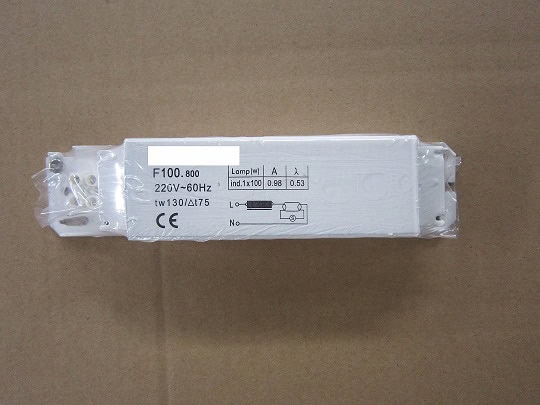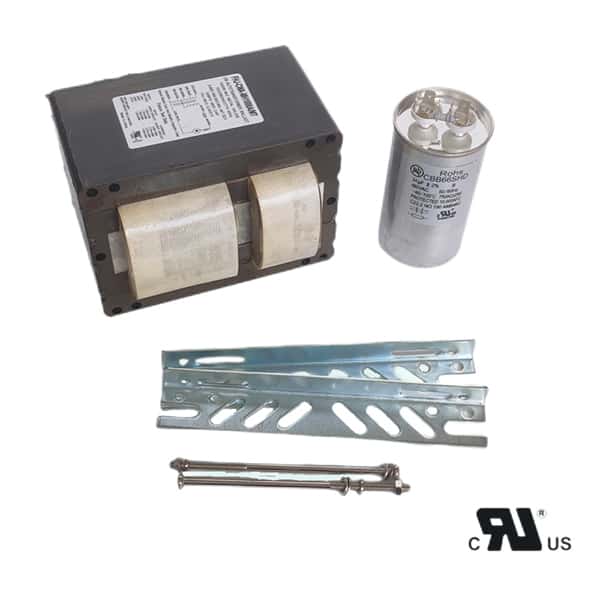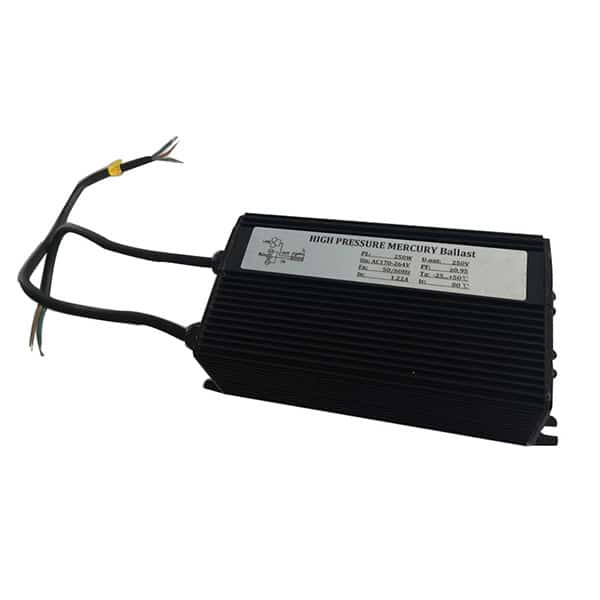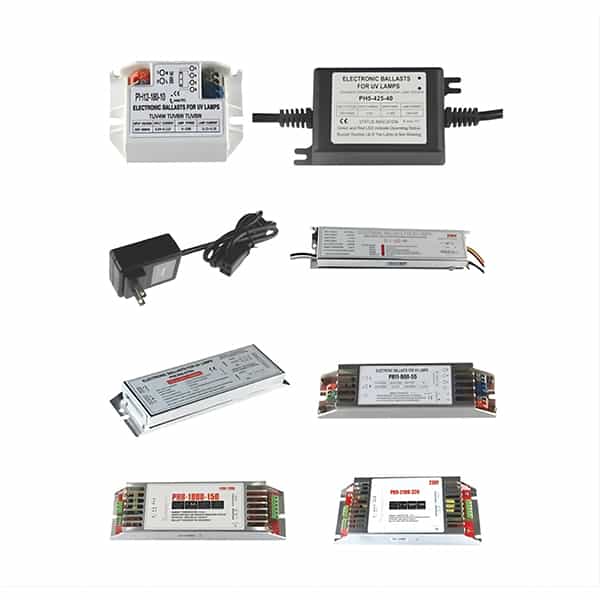A lot of problems with lights and energy waste come from not understanding what ballasts do. Understanding what they do will help you have better looking lights and save you money.
What is the Function of a Ballast?
The primary function of a ballast is to regulate the electrical current and voltage supplied to a light source. Without this regulation, a lamp could easily draw excessive current, which would cause it to overheat or burn out. The ballast ensures that the light operates within a safe electrical range, stabilizing the current and providing consistent light output. It also prevents the lamp from failing due to electrical surges or fluctuations.
Why Are Ballasts Needed?
Ballasts are necessary for many types of lighting systems, particularly those that use fluorescent or HID lamps. These lamps require a high initial voltage to start, which the ballast provides. Once the lamp is ignited, the ballast reduces the voltage and maintains a steady current. This prevents the light from drawing too much power and ensures that it operates smoothly and efficiently throughout its life.
What Are the Benefits of a Ballast?
One of the key benefits of a ballast is energy efficiency. By controlling the amount of energy that a lamp uses, ballasts help reduce electricity consumption. This not only saves energy but also lowers utility costs for businesses and households. Additionally, by regulating the current, ballasts help extend the life of the lamp. The reduced strain on the lamp means fewer replacements are needed, which contributes to lower maintenance costs over time.
What Types of Lamps Require a Ballast?
Fluorescent and HID lamps are the two main types of lighting systems that require a ballast. These lamps cannot regulate their own electrical input, so a ballast is essential for controlling the flow of electricity. In contrast, modern LED lighting systems typically do not require an external ballast, as they have integrated drivers that perform a similar function. However, for fluorescent and HID systems, the ballast remains a critical component.
How Does a Ballast Improve Lighting Performance?
Ballasts are crucial for ensuring consistent light output. Without a ballast, the current supplied to the lamp would fluctuate, resulting in flickering or dimming lights. A properly functioning ballast stabilizes the electrical flow, providing a steady stream of power that ensures smooth, consistent illumination. This improves both the quality of light and the user experience, particularly in environments where lighting consistency is important, such as offices or industrial settings.
Why Are There Different Types of Ballasts?
There are two main types of ballasts: magnetic and electronic. Magnetic ballasts, which are older and less efficient, use electromagnetic fields to regulate current. Electronic ballasts, which are more energy-efficient and lightweight, provide better control over the lamp’s performance. Some electronic ballasts also offer additional features like dimming functionality, allowing for more versatility in lighting control. The choice of ballast depends on the specific requirements of the lighting system and the desired performance.
How Does a Ballast Impact Energy Consumption?
Ballasts play a vital role in reducing energy consumption. By regulating the electrical input to the lamp, ballasts ensure that only the necessary amount of energy is used, preventing waste. This is especially important for businesses looking to reduce their energy costs. Additionally, many ballasts include power factor correction, which improves the overall efficiency of the lighting system and reduces the amount of wasted energy.
What is All in a Ballast Used for?
A ballast consists of several components, including capacitors, inductors, and resistors. These components work together to control and regulate the power supplied to the lamp. In addition to regulating electrical flow, the ballast also serves as a protective measure. It shields the lighting system from power surges and prevents the lamp from drawing excessive current, which could lead to overheating or failure.
What is the Importance of Ballast Maintenance?
Maintaining a ballast is essential for ensuring that the lighting system continues to operate efficiently. Over time, ballasts can degrade, leading to reduced performance and energy inefficiency. Regular maintenance helps to identify any issues early and ensures that the ballast is functioning correctly. Replacing a faulty ballast prevents electrical hazards and ensures that the lighting system continues to operate at peak efficiency.
Why Do Ballasts Matter in Modern Lighting Systems?
Although modern LED lighting systems often do not require ballasts, many legacy systems still rely heavily on them. Fluorescent and HID systems, in particular, continue to depend on ballasts to function properly. As lighting technology evolves, the use of ballasts may decrease, but they remain an important component for older lighting infrastructures. As businesses and homeowners transition to newer systems, understanding how ballasts function can help ensure a smooth and efficient upgrade process.
Final Words:
Lamp ballasts are critical for controlling the flow of electricity, making lights more energy efficient, and making them last a long time. Understanding their purpose is important for keeping your lights looking good and costing you less to run.





